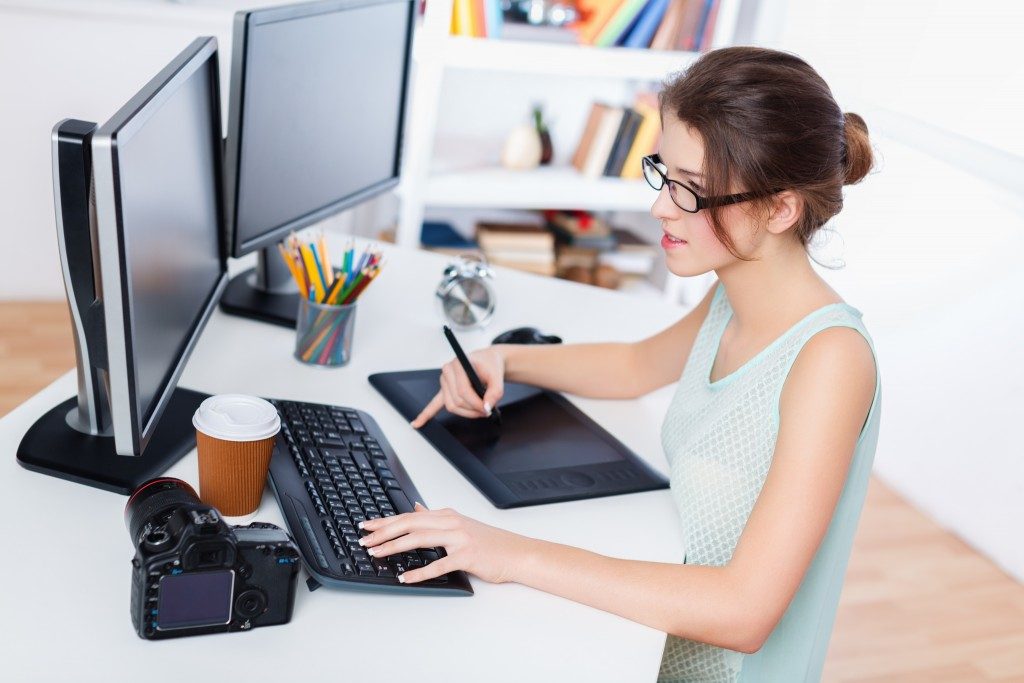In light of the coronavirus pandemic, a lot of people are stuck at home with nothing to do except spend time with their digital devices and gadgets. YouTube, social media, games, and even work are among the top reasons why folks are inseparable from their smartphones, tablets, and laptops.
Digital Devices and Their Physical Effects
When it comes to eyestrain caused by overexposure to digital devices, 80% of American adults use digital devices for more than two hours daily, with 67% of them using two or more gadgets at a time. 59% of them complain about experiencing eye discomfort.
The following are the overall statistics provided by The Vision Council.
Effects on Adults
- 32.4% experience eye strain
- 27.2% experience dry eyes
- 27.7% experience headaches
- 27.9% experience blurred and hazy vision
- 35% experience shoulder and neck pain
Effects on Children
- 8.8% experience headaches
- 5% experience shoulder and neck pain
- 9.1% experience eye discomfort
- 15.2% have reduced attention spans
- 13.3% exhibit poor behavior
- 13.5% are more irritable
If you are experiencing one or more of the above symptoms, it is recommended that you go to the nearest eye specialist or an MGD treatment center.
Eye Care and Protection Against Digital Eyestrain
1. Reduce blue light emission by holding your device at an angle.
If you hold your gadget at a minimum of a 30-degree angle, you significantly reduce the amount of blue light that enters your eyes.
2. Wear glasses that block off blue light.
Even if you don’t wear prescription glasses, putting on a pair of blue-light-blocking glasses lessens the amount of strain that your eyes get. It is recommended that you get the ones that absorb blue light by anywhere between 90% and 99%.
3. Put a screen filter on your devices.
A lot of screen filters are available for different handheld devices and laptops. These filters can be easily installed and won’t affect your device’s touchscreen sensitivity. These filters are especially helpful when you have children who are constantly exposed to gadgets because of homework or entertainment.
4. Reduce overhead lighting to minimize glare.
A practical way of reducing eyestrain is minimizing overhead lighting so that it doesn’t bounce off of your screen. You can either tone it down a notch or two if it is adjustable or you can simply just move to another part of the room where there is less glare.
5. Maintain an arm’s-length distance between you and your device.
Whenever you’re working with a laptop or a desktop computer, maintain a certain distance between your eyes and the monitor. Make sure that the monitor is positioned in a way that you are looking down on it and not up.
6. Increase the font size of your text display.

A simple tweaking to your settings such as increasing the text size can help define the written content on your screen and help you see better.
7. Take frequent breaks from your devices.
Practice the 20/20/20 Rule. Take a break every 20 minutes for about 20 seconds. Stare off into something far and blink 20 times. Doing this should help relax your eyes.
More than taking care of your immune system to fight to keep the coronavirus at bay, make sure you also protect your eyes and take care of them as you make the most of this quarantine time at home.

